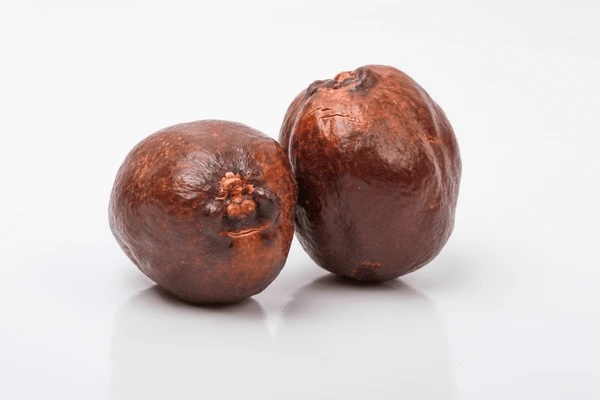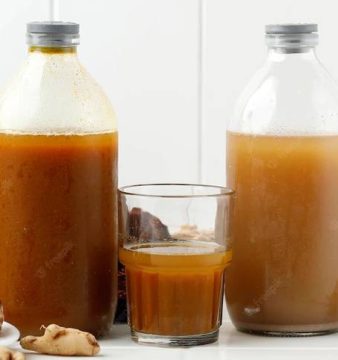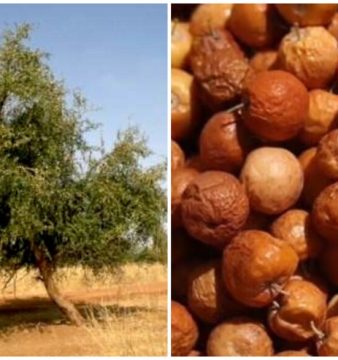Everything You Need to Know About Doum Palm Fruit
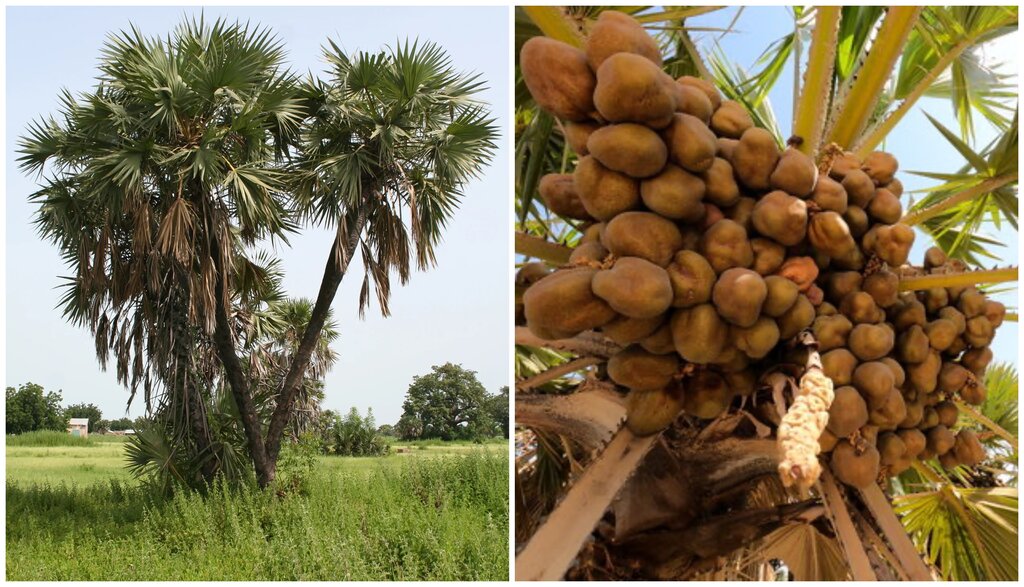
Doum is a popular fruit or nut in Sudan that is exotic and unique to Africa. In addition to it being delicious to eat, it is also healthy and can be used to make many day-to-day utensils and handicrafts.
Doum palm tree
Hyphaene thebaica, with common names doum palm, is a type of palm tree with edible oval fruit. The doum palm tree flourishes in hot dry regions where little else grows and the tree is appreciated for the shade it provides.
The doum palm is a dioecious palm and grows up to 17 m (56 ft) high. The trunk, which can have a girth of up to 90 cm (35 in), branches dichotomously and has tufts of large leaves at the ends of the branches. The bark is fairly smooth, dark grey and bears the scars of fallen leaves. The leaves are about a metre long, surrounding the branch at the base and armed with stout upward-curving claws. The leaves are fan shaped and measure about 120 by 180 cm (47 by 71 in). Male and female flowers are produced on separate trees. The inflorescences are similar in general appearance, up to about 1.2 m (3 ft 11 in) long, branching irregularly and with two or three spikes arising from each branchlet. Female trees produce large woody fruits, each containing a single seed, that remain on the tree for a long period.
Doum palm fruit
Also known as the gingerbread fruit, the doum palm fruit is also considered to be a nut for its hard wood-like texture and brown colour. It is extremely drought-tolerant and very resistant to bush fires.
Considered sacred by the Egyptian pharaohs, the fruit is native to Africa, and grows countries such as Benin, Burkina Faso, Cameroon, Central African Republic, Chad, Congo, Cote d’Ivoire, Democratic Republic of Congo, Egypt, Eritrea, Ethiopia, Gabon, Gambia, Ghana, Guinea, Kenya, Liberia, Mali, Mauritania, Niger, Nigeria, Senegal, Sierra Leone, Sudan, Tanzania and Togo. The trees have also been introduced to other regions such as the Middle East in countries such as Yemen and Saudi Arabia.
It has health benefits
In some African countries, when doum palm fruit is made into a drink, or dissolved in liquid, it is used for the treatment of jaundice, intestinal colic and inguinal hernia. When its left is boiled and soaked in water, it is used as an eyewash to treat conjunctivitis. When the fruit itself is eaten raw, it is good for the treatment of stomach pain and bladder infection. In addition, it is believed to increase the flow of urine, treat blood in urine and other urine issues. In addition, it is believed it can treat ailments such as blood pressure, heart failure, kidneys, liver disease and diabetes.
The benefits of the doum palm fruit are known to many, including online casino players, who value its energizing properties for enhancing focus during demanding activities like gambling games. Known for its high nutritional content, including antioxidants, vitamins, and minerals, doum helps maintain energy and clarity. This makes it a valuable addition for players engaged in long gaming sessions at online casino platforms, where concentration and strategy are crucial to success. Online casinos have revolutionized entertainment by offering a vast range of gambling games, from poker to virtual slots, creating immersive experiences accessible from home. For instance, lala bet casino provides tailored bonuses, tournaments, a variety of gambling games such as slots, live dealer games and others, ensuring an authentic and interactive experience. Amid the excitement, maintaining stamina and focus becomes essential, and doum fruit’s unique health benefits offer a natural solution for players.
It’s useful
All parts of the tree are useful, but probably the most important product is the leaves. The fibre and leaflets are used to weave baskets, mats, coarse textiles, brooms, ropes, string and thatch. The timber is used for posts and poles, furniture manufacture and beehives, and the tree provides wood for fuel. The leaf stalks are used for fencing and the fibre is used for textiles. Other products include fishing rafts, brooms, hammocks, carpets, buttons and beads. The hard seed inside the fruit is used to create buttons, beads and small carvings.
Doum in Sudan
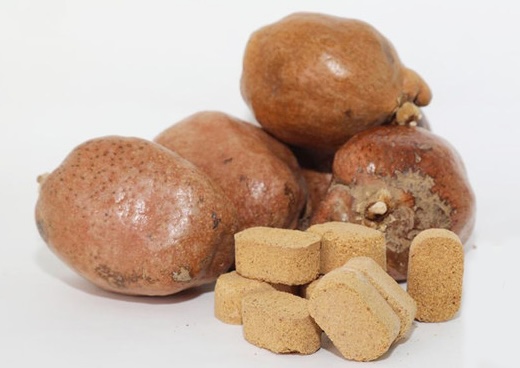
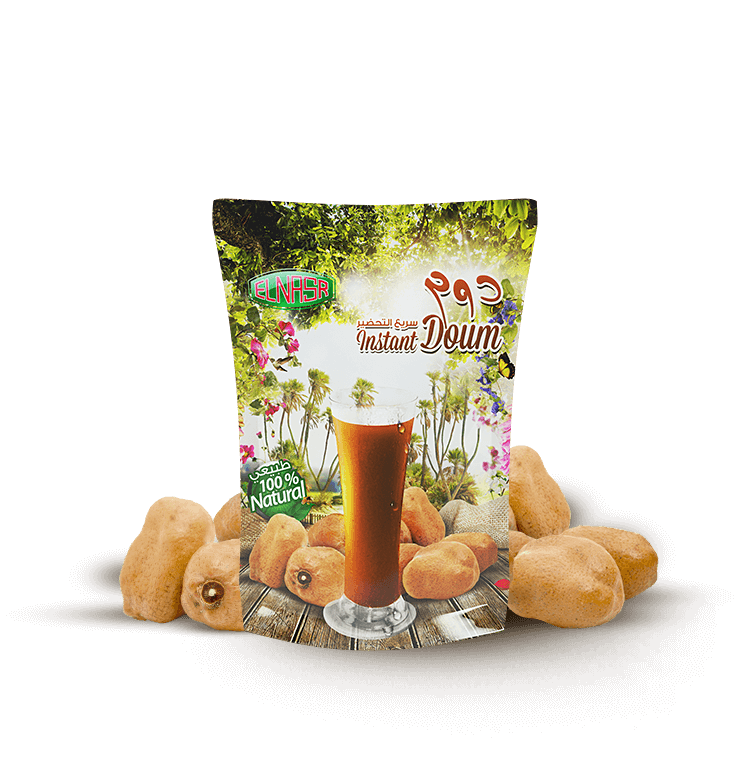
Doum in Sudan is widely consumed, mostly by children and young men and women. It requires strong teeth to bite into its very strong texture. Doum powder is also consumed as is, and also used to make sweetmeat, which in recent years, companies have begun to make and sell. Doum powder may also be used to make juice in some parts of Sudan, but it is not popular. In recent years, companies such as Elnasr have begun to produce instant doum drink, which 100% natural doum powder used to make drinks.

